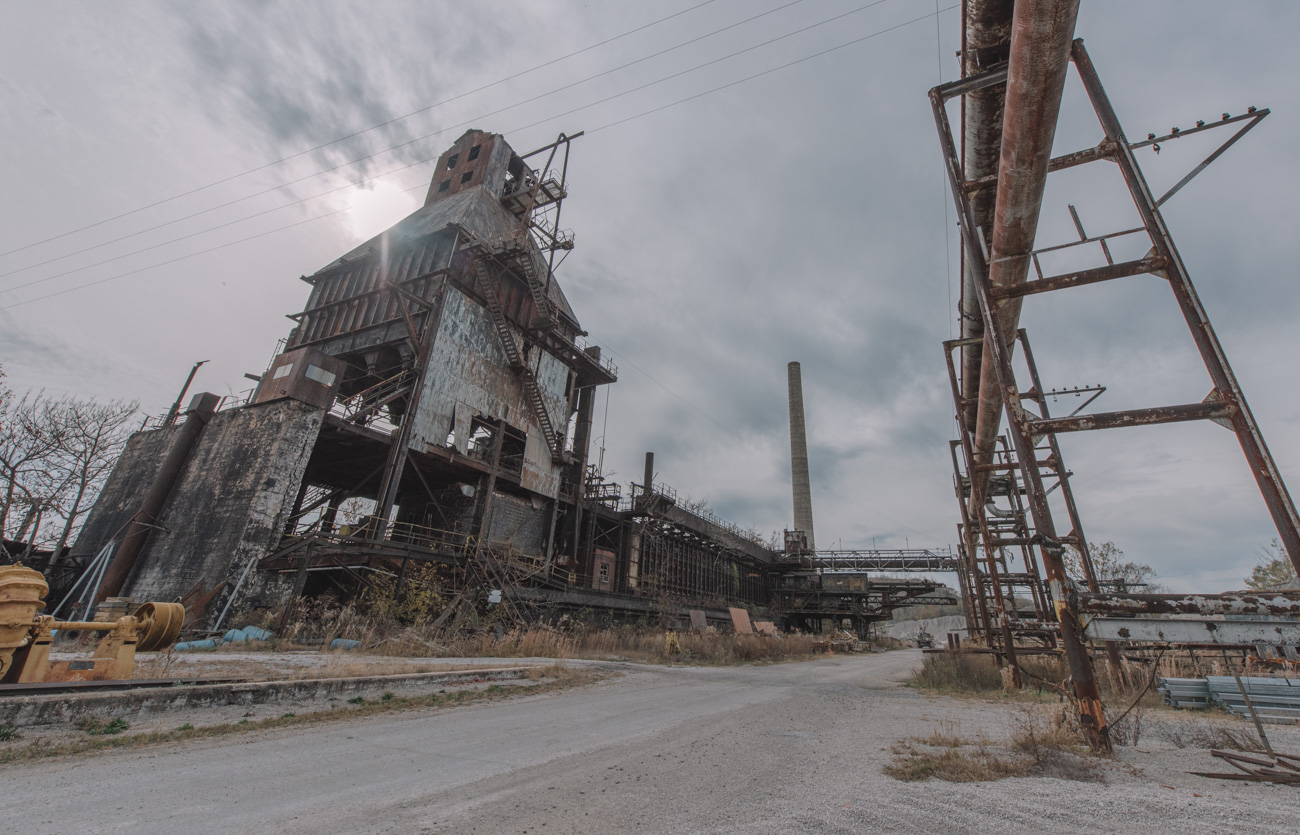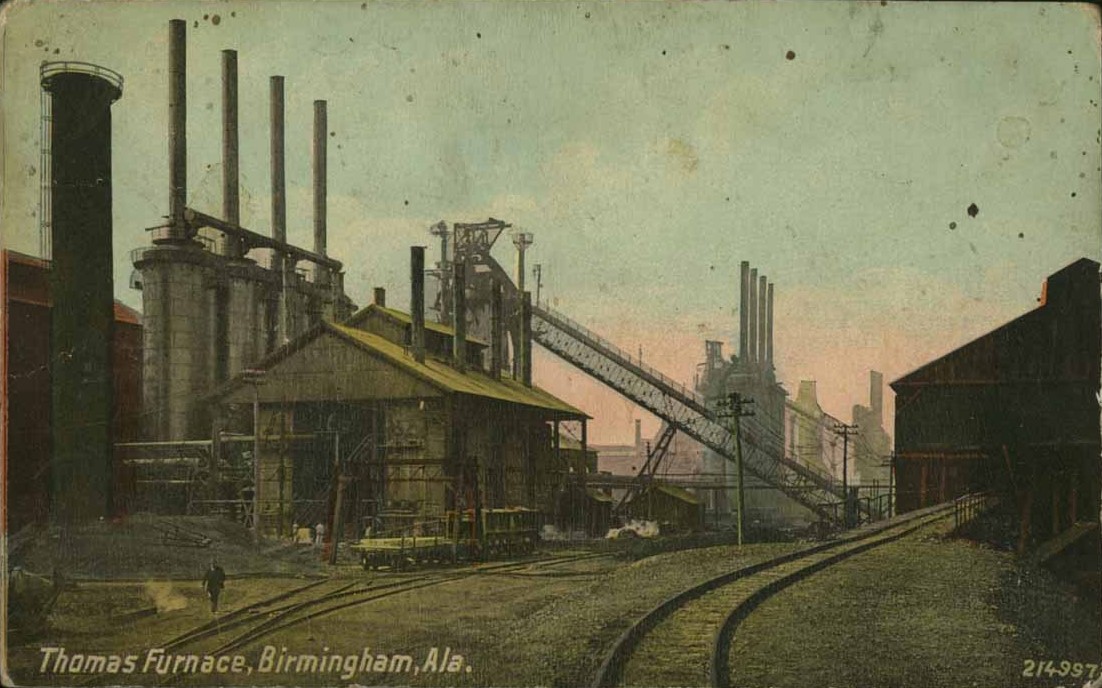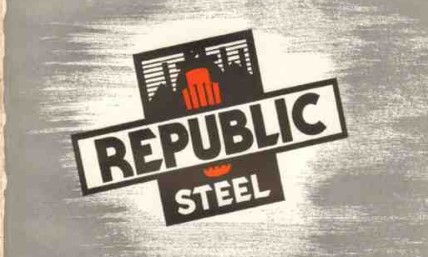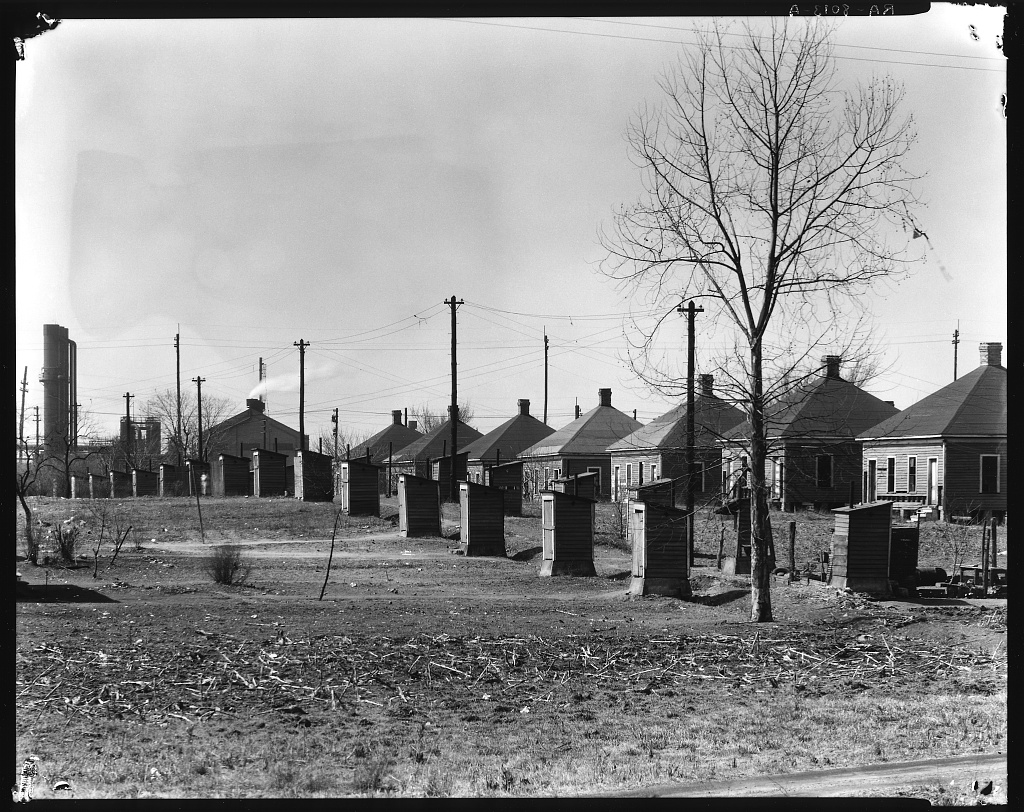| City/Town: • Birmingham |
| Location Class: • Industrial |
| Built: • 1888 | Abandoned: • 1971 |
| Status: • Abandoned • Private Property |
| Photojournalist: • David Bulit |
Table of Contents
Thomas Furnaces
Known for its operating years under the Republic Steel & Iron Company, The Thomas Furnaces, a network of iron furnaces situated in close proximity to Birmingham, were established by the Pioneer Mining and Manufacturing Company. David Thomas, the founder of the company and a member of a prominent iron-making family in Pennsylvania, decided to invest in the Birmingham District based on the recommendation of his friend, Giles Edwards, who had overseen production at the Shelby Iron Works in the 1860s.
On December 30, 1868, Thomas and his son John officially incorporated the Pioneer Company. Under the direction of Giles Edwards, the company acquired property at Tannehill and Goethite, as well as other locations known for their iron ore deposits. In 1886, the company made a significant purchase, acquiring the 2,000-acre Williamson Hawkins plantation on Village Creek, southwest of Birmingham, at a cost of approximately $4 per acre. This property, boasting water access and containing its own limestone, ore, and coal deposits, was deemed ideal for ironmaking.
The inaugural Thomas Furnace, standing at 75 feet tall with a 17-foot hearth, commenced operations on May 15, 1888, under the supervision of Thomas’ grandson, Edwin. Initially sourcing coke from the Cahaba Coal Company, the Pioneer Company later established a battery of beehive coke ovens at its mines in Sayreton. Additionally, it began augmenting its coal supplies with resources from the nearby Pratt mines. A second furnace, mirroring the first, went into operation on February 22, 1890. Concurrently, the labor force established a compact village, eventually named Thomas, while those residing outside the company-controlled village settled in the nearby area known as East Thomas.
Republic Steel
Republic Steel was a steel manufacturer that was once the country’s third largest steel. William Henry Hassinger, who was based in Birmingham, served as vice president and Southern manager for Republic Steel. The company was founded as the Republic Steel & Iron Company in Youngstown, Ohio on May 3, 1899 with a capital stock of $55 million. In 1898, Republic Steel secured an option to purchase the capital stock of the Pioneer Company, a transaction that was exercised the following year.
This move facilitated the acquisition of the Thomas Furnaces complex. Republic Steel initiated expansion efforts, introducing a third blast furnace measuring 90 feet by 18 feet on June 13, 1902. At that time, it stood as the largest furnace in the Birmingham District, boasting a production capacity of 250 tons per day. Subsequently, in 1903, Furnace No. 2 underwent expansion to match the size of the new addition, while Furnace No. 1 saw an enlargement to 85 feet by 20 feet.
The furnace operation thrived throughout the 1910s and 1920s. A significant development occurred on October 21, 1925, with the installation and activation of a new battery of Koppers coke ovens at Thomas. In April 1930, the Republic Steel Corporation assumed ownership of all Republic Steel & Iron Company properties, utilizing the iron furnaces to supply its steel plant at Alabama City in Gadsden. In 1939, as part of modifications, Furnace No. 3 was removed, and the remaining two furnaces were rebuilt with 16-foot hearths and stacks measuring 83 and 88 feet.
The Company Town of Thomas
The laborers established themselves in a corporate settlement, ultimately named Thomas, which later evolved into one of Birmingham’s 99 neighborhoods. Pioneer Corporation, responsible for the initial homes in Thomas, emulated the architectural style of factory towns in Pennsylvania. Following Republic Steel’s acquisition, more conventional housing plans, such as shotgun, square-top, and bungalow-style houses, became the norm.
Residents living beyond the company-controlled village found homes in East Thomas, an unplanned extension predominantly inhabited by African American workers from the Thomas Furnaces and the nearby East Thomas Railroad Yard. At the pinnacle of the townsite, north of 1st Street on “Silk Stocking Row,” resided plant superintendents and supervisors. Progressing down the streets, referred to as “Cotton Stocking Row” and “Bare Legged Row,” skilled workers (mainly white) and unskilled workers, including Italian immigrants, settled. The houses closest to the furnaces were occupied by black laborers and their families.
In the central part of the town, boasting a population of approximately 550 households in 1912, company workers maintained well-kept streets adorned with crape myrtles and calla lilies. As operations expanded, more individuals found residence in East Thomas. The residential sector recognized as Thomas underwent subdivision and redevelopment in the 1950s.
Current State
Robin Wade Sr. founded the R. A. Wade Company in 1932 and operates the stone quarry in and around Republic Steel’s Thomas plant. In the latter half of the 20th century, Birmingham’s iron and steel industry began a decline that continues today. Republic Steel remained prosperous until the 1970s, when increasingly stringent air-quality requirements, foreign competition, and the rise of ductile iron made from scrap forced the shutdown of foundry iron furnaces and their coal and ore mines. The Thomas Furnaces breathed their last breath in 1971.
The property was later purchased by Wade Sand & Gravel. The Wade family began offering the grounds to artists in the 1990s who needed studio space. Under the supportive stewardship of Robin Jr. and Carolyn Belle Sandlin Wade, the abandoned Republic Steel mill has become a haven for creatives and artists inspired by Birmingham’s unique history. Although the couple passed away in 2020, the Wade family continues to support the local artist commune.

























